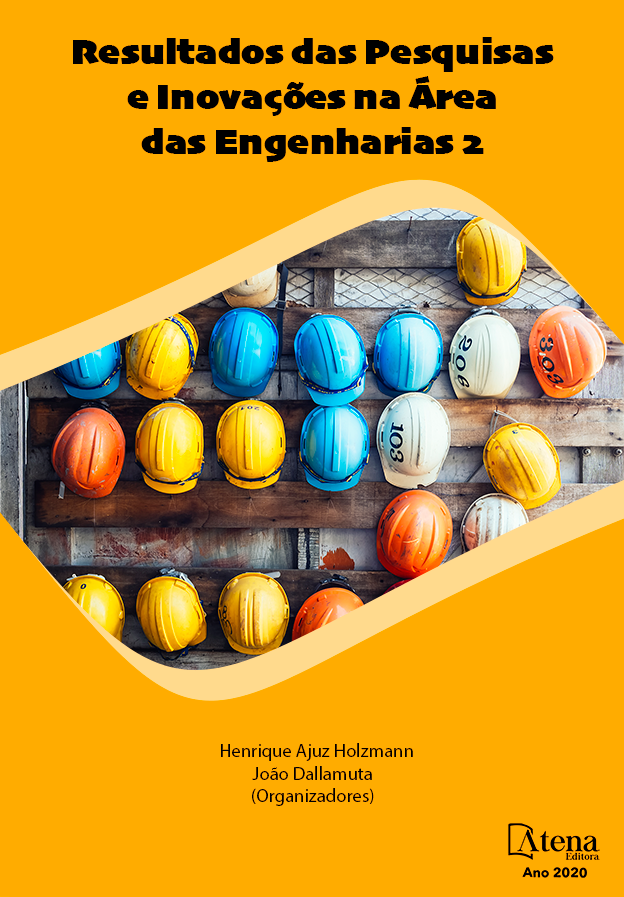
OPORTUNIDADES DA VALORIZAÇÃO DE RESÍDUOS SÓLIDOS DA COLHEITA, PROCESSAMENTO E TORREFAÇÃO DO GRÃO DE CAFÉ NO BRASIL
A produção mundial de café (coffea arábica e grevillea robusta) na safra 2018/2019 atingiu 174,5 milhões de sacas de 60kg (ICO, 2020). Para a safra 2018/2019, considerando apenas os três principais países produtores, tem-se o Brasil em primeiro lugar que participa com 35,3% da produção mundial. Em segundo lugar, destaca-se o Vietnã com 29 milhões de sacas de 60kg, volume que representa 16,6% do que foi colhido no planeta e, em terceiro, a Colômbia que registrou 14,3 milhões de sacas colhidas e foi responsável por 8,2% da safra global (EMBRAPA, 2020). Em relação ao Brasil, 61,6 milhões de sacas de 60 kg foram produzidas, gerando mais de 673 mil toneladas de resíduos sólidos, entre cascas obtidas no beneficiamento da fase de colheita utilizando o método seco, e na fase processamento agroindustrial com a geração de pó, e película com a torrefação dos grãos de café (Dias, 2016 e Berni et al., 2018), que prescindem de uma destinação final sustentada. Neste capítulo, tem como principal objetivo demonstrar as oportunidades de valorização econômica dos resíduos sólidos: casca, pó e película. Para tanto, estima-se os volumes gerados na safra 2018/2019 e os potenciais de geração de energia e as oportunidades de produção de novos produtos de alto valor agregado, sob o conceito da economia circular para agroindústria brasileira do café.
OPORTUNIDADES DA VALORIZAÇÃO DE RESÍDUOS SÓLIDOS DA COLHEITA, PROCESSAMENTO E TORREFAÇÃO DO GRÃO DE CAFÉ NO BRASIL
-
DOI: 10.22533/at.ed.5662005102
-
Palavras-chave: Café, Resíduos, Fonte de Energia, Produção de Taninos, Mitigação Ambiental.
-
Keywords: Coffee, Waste, Energy Source, Tannin Production, Environmental Mitigation.
-
Abstract:
World coffee production (Coffea arabica and Grevillea robusta) in the 2018/2019 harvest reached 174.5 million 60 kg bags (ICO, 2020). For the 2018/2019 harvest, considering only the three main producing countries, Brazil has the first place that participates with 35.3% of world production. Secondly, Vietnam stands out with 29 million bags of 60 kg, a volume that represents 16.6% of what was harvested on the planet and, thirdly, Colombia which registered 14.3 million bags harvested and was responsible for 8.2% of the global harvest (EMBRAPA, 2020). In relation to Brazil, 61.6 million 60 kg bags were produced, generating more than 673 thousand tons of solid waste, between barks obtained in the processing of the harvesting phase using the dry method, and in the agro-industrial processing phase with the generation of dust, and film with the roasting of coffee beans (Dias, 2016 and Berni et al., 2018), which need a sustained final destination. In this chapter, its main objective is to demonstrate the opportunities for the economic valuation of solid waste: bark, dust and film. To this end, it is estimated the volumes generated in the 2018/2019 harvest and the potential for energy generation and the opportunities for producing new products with high added value, under the concept of the circular economy for the Brazilian coffee agribusiness.
-
Número de páginas: 12
- Paulo Cesar Manduca
- Mauro Donizeti Berni


